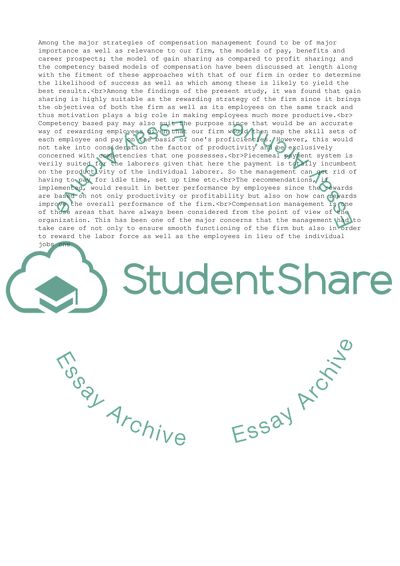Cite this document
(Business Research Proposal Example | Topics and Well Written Essays - 1750 words, n.d.)
Business Research Proposal Example | Topics and Well Written Essays - 1750 words. https://studentshare.org/management/1769710-business-research
Business Research Proposal Example | Topics and Well Written Essays - 1750 words. https://studentshare.org/management/1769710-business-research
(Business Research Proposal Example | Topics and Well Written Essays - 1750 Words)
Business Research Proposal Example | Topics and Well Written Essays - 1750 Words. https://studentshare.org/management/1769710-business-research.
Business Research Proposal Example | Topics and Well Written Essays - 1750 Words. https://studentshare.org/management/1769710-business-research.
“Business Research Proposal Example | Topics and Well Written Essays - 1750 Words”. https://studentshare.org/management/1769710-business-research.


